Best cheap phones 2025: the best affordable phones right now
The best budget phones of 2025 give you decent specs and performance for a very reasonable price

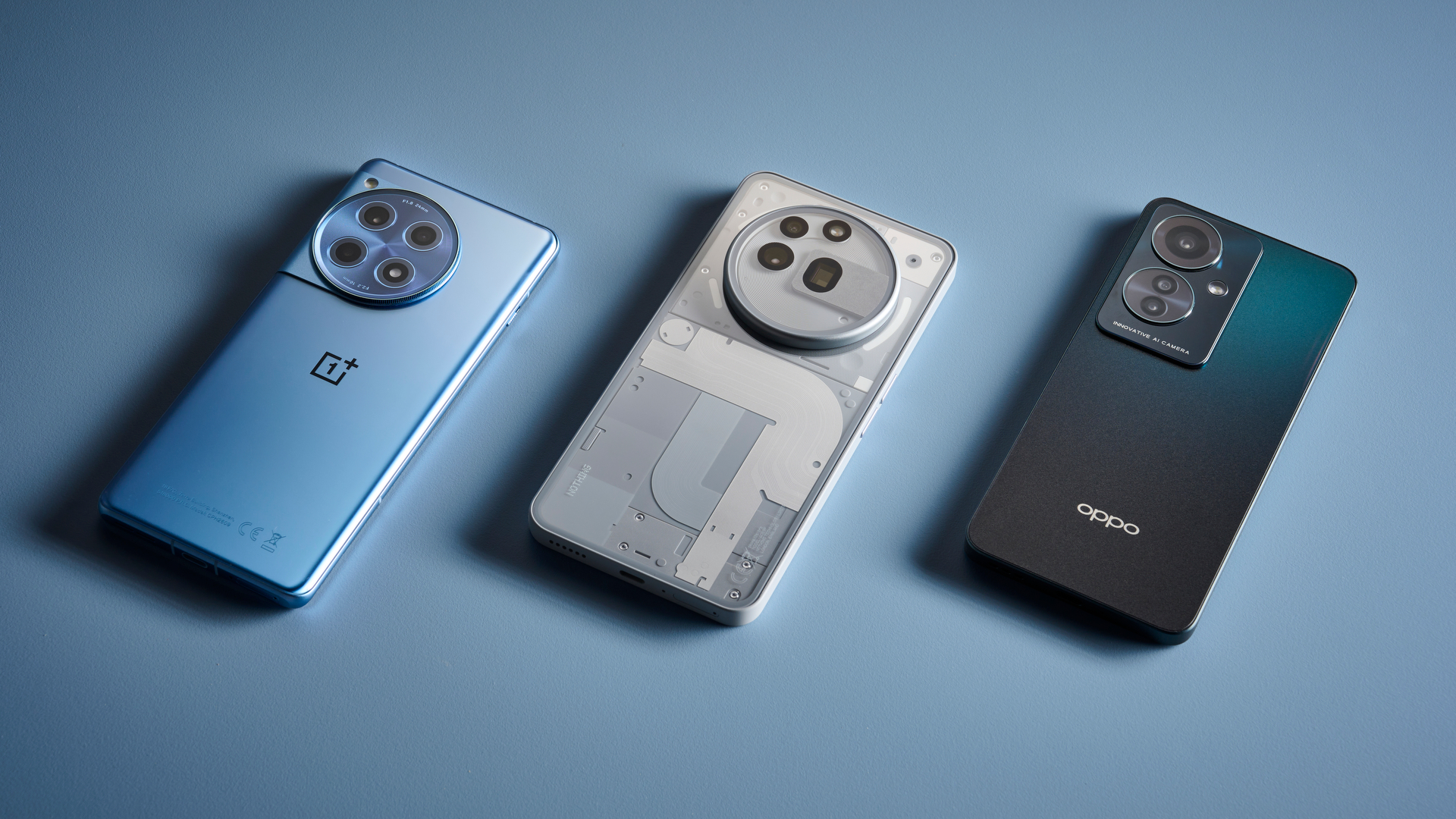
TL;DR: The best cheap smartphone
If you're on team Apple, the best cheap iPhone is the iPhone 16e. If you're on team Google, the best cheap Android phone is the Pixel 9a. But if you want a zoom camera without paying big bucks, the best option is Nothing's Phone (3a) Pro.
Considering some of the best phones can set you back over £1,000, we're treating everything under £500 as eligible for this list (with one exception). You're still going to get a decent level of features and performance, but at a price that feels right.
The affordable phone market is where the action is in 2025 – even from major brands like Apple, Google, and Samsung. All phone-makers now realise we can't all afford megabucks on a new handset, which means mid-tier and low-end phones benefit.
If you already know which brand you want, then you may find it easier to browse our lists of the best Android phones or best iPhones to find exactly what you’re looking for. Otherwise, let us guide you through the best cheap phones on the market today.
T3's Top Picks
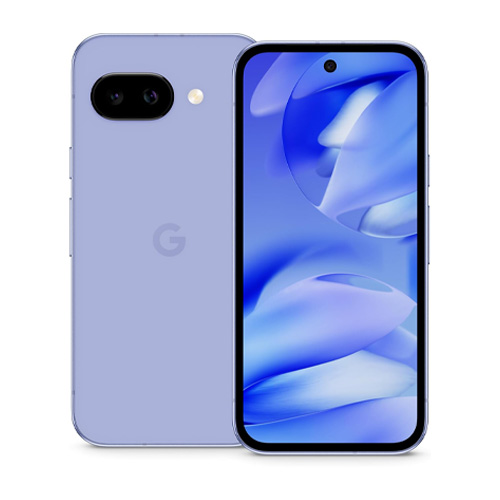
Google's affordable version of the Pixel has been a banker for years, and the 9a is no different. It has a superb software experience, great cameras, and a really nice modern design.
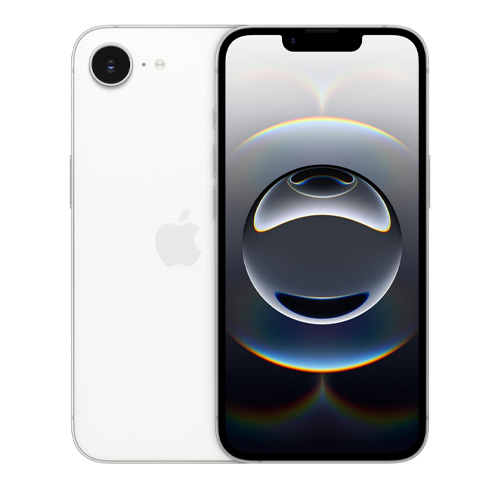
It's the only phone on this list that breaks the £500 marker, but we're confident it'll come down in price over time thanks to deals. This is the most affordable brand-new iPhone you can get, and it sings.

Full credit to Nothing for what it's done with the Nothing Phone (3a) Pro: an affordable handset that ticks plenty of boxes in terms of performance and features, in an eye-catching design.

Max is the staff writer for T3's Tech vertical, which means he's across a wide range of tech sectors. He's helped test and review a bunch of phones, making him well-placed to assess which should make it on this shortlist.
10 July 2025: We've added the excellent Nothing Phone (3a) Pro as our best overall pick if you're looking for the best cheap phone in 2025.
The best cheap phones you can buy in 2025
1. Best affordable Android phone
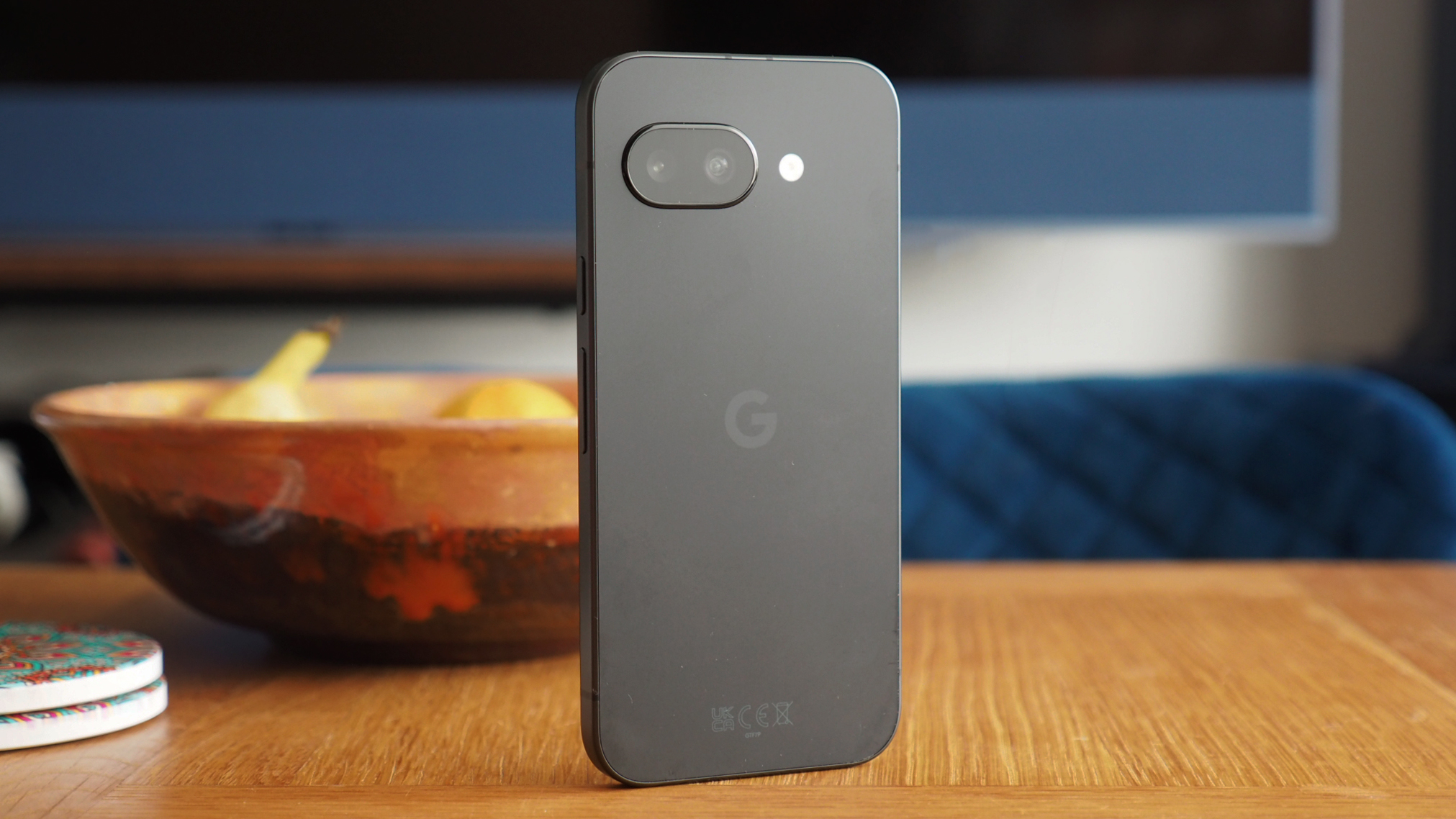
Specifications
Reasons to buy
Reasons to avoid
Google has long been aiming to top the affordable phone market with its "a" series, which typically follows the flagship Pixel lineup about six months after they release. Many people would say these cut-price versions are actually the best value, in fact.
The Pixel 9a continues this sterling work and earned a glowing five-star review when we tested it, and nothing has yet knocked its crown off. The phone has gorgeous new design elements, taking the Pixel identity and flattening it out to great effect. It still has the flagship Tensor G4 chip at its heart, though, which makes it incredibly fast and responsive.
While its camera array might be downgraded compared to the full Pixel 9, it's still incredibly impressive for this price, and we'd bet that you'll start to see discounts in the near future during sales events. Don't skip past this one – it's the affordable phone to beat, for our money.
2. Best affordable iPhone
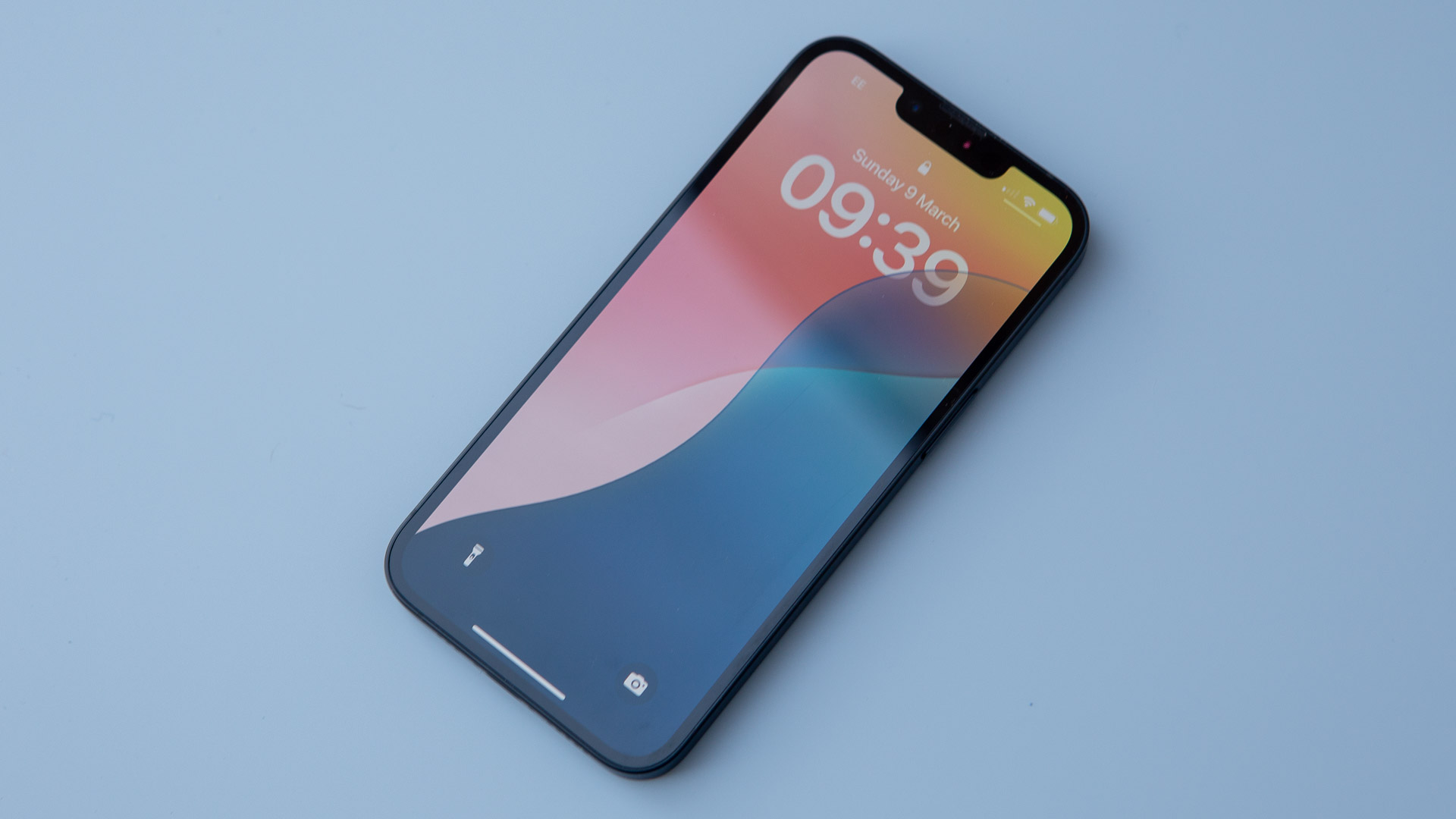

Specifications
Reasons to buy
Reasons to avoid
If you're all about Apple then the cheapest new option into the company's ecosystem is still just about the iPhone 16e, which still delivers a near-flagship experience but for a fraction of the cost.
It uses basically the same design as the iPhone 16, with a few niceties shaved off (like MagSafe, which is absent). You get a single camera unit that does an admirable job despite being a big step down from fancier iPhone models, and all the same software as any other premium iOS option.
However, at £599, this is stretching the definition of "cheap", and you might have to wait a good few months before it starts to get meaningful discounts, so Apple is increasingly not providing truly entry-level options for new smartphones. If you're not sold on Apple, however, then there are plenty of Android alternatives that we explore in this list that will suit your needs.
3. Best affordable phone overall
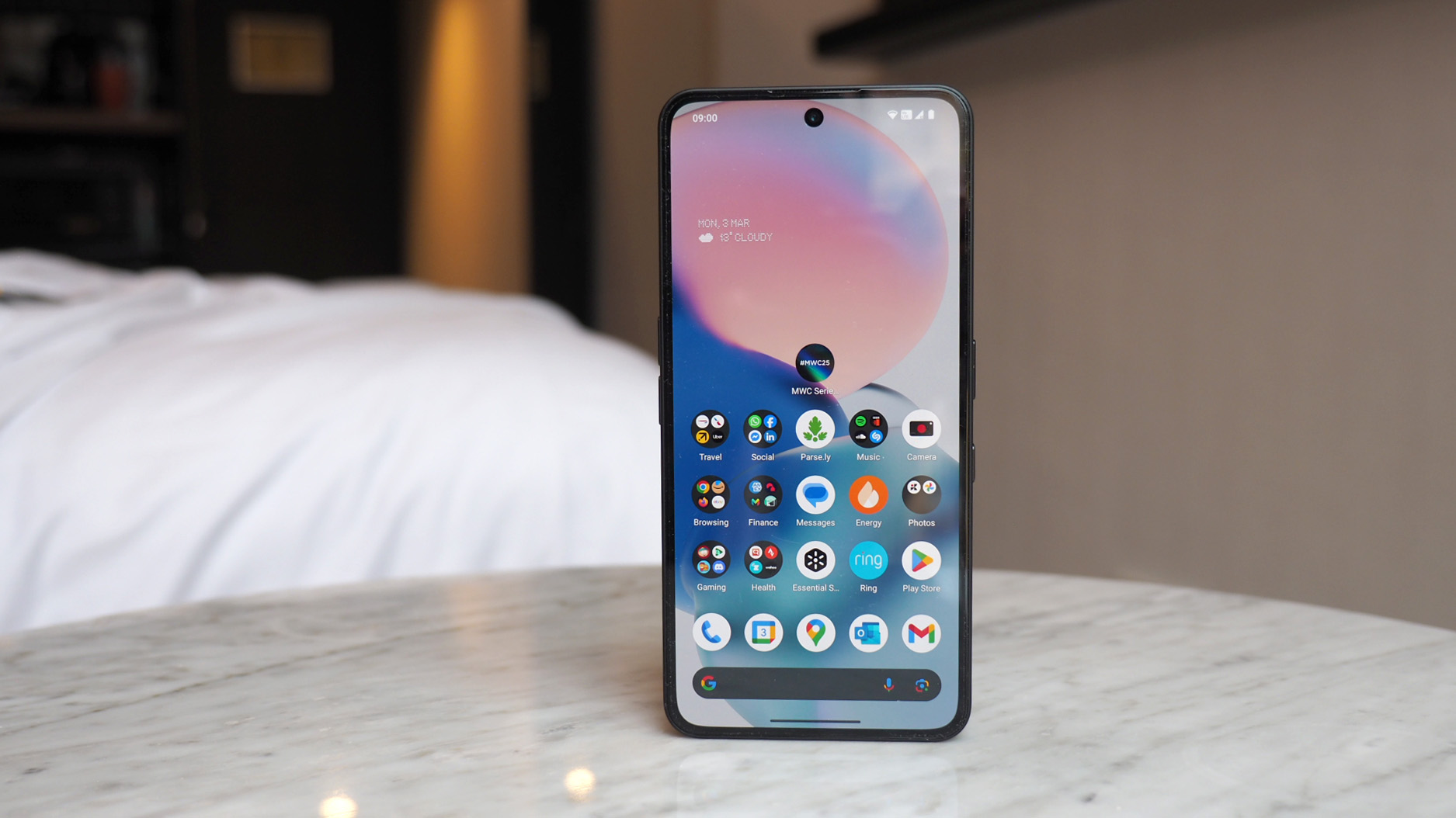

Specifications
Reasons to buy
Reasons to avoid
The Nothing Phone (3a) Pro is exactly what you want from an affordable phone, making just the right compromises and trade-offs to get the price down, without leaving you with a phone that you feel lacks anything in terms of performance and features.
You'll find our Nothing Phone (3a) Pro review is full of praise for the handset, pointing out the benefits of the periscope telephoto lens (with 3x optical zoom), and the strong stylings of the device too – something that Nothing has been known for down the years of course.
While there were occasional performance glitches in our testing, the pros of the Nothing Phone (3a) Pro far outweigh the cons, and we're confident in recommending it is the best cheap phone overall. It also played a starring role in the T3 Awards 2025.
4. Best affordable Samsung
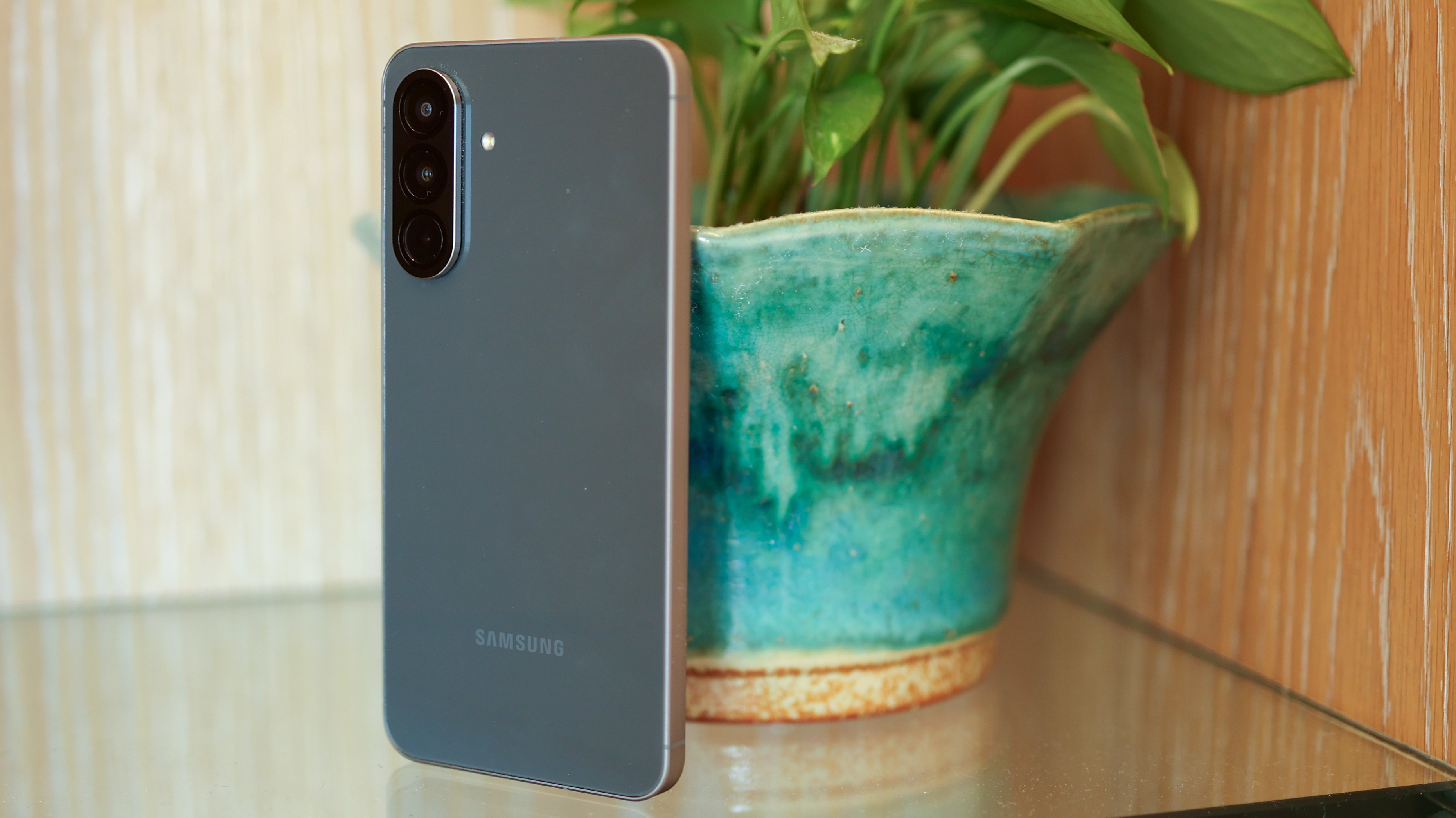
Specifications
Reasons to buy
Reasons to avoid
Samsung hasn't been sitting on its hands letting Apple and Google share the affordable phone market, though, and the numbers suggest that it actually moves more low-cost units. The Galaxy A56 makes it easy to understand why, with a design and build quality that could easily pass for a more expensive handset.
You get a really excellent screen to kick things off; it's nice and bright and has 120Hz capabilities for extremely smooth motion, and it's also really sharp. That's paired with a good amount of power from Samsung's in-house chip, which adds up to a low-cost phone that feels super snappy to use.
Speaking of snaps, it also takes great photos, even if it can't rival the flagship Galaxy S models. You get a good amount of zoom, and a choice of lenses to use, with ultrawide photos now becoming almost a must-have on any phone.
5. Best affordable phone for design
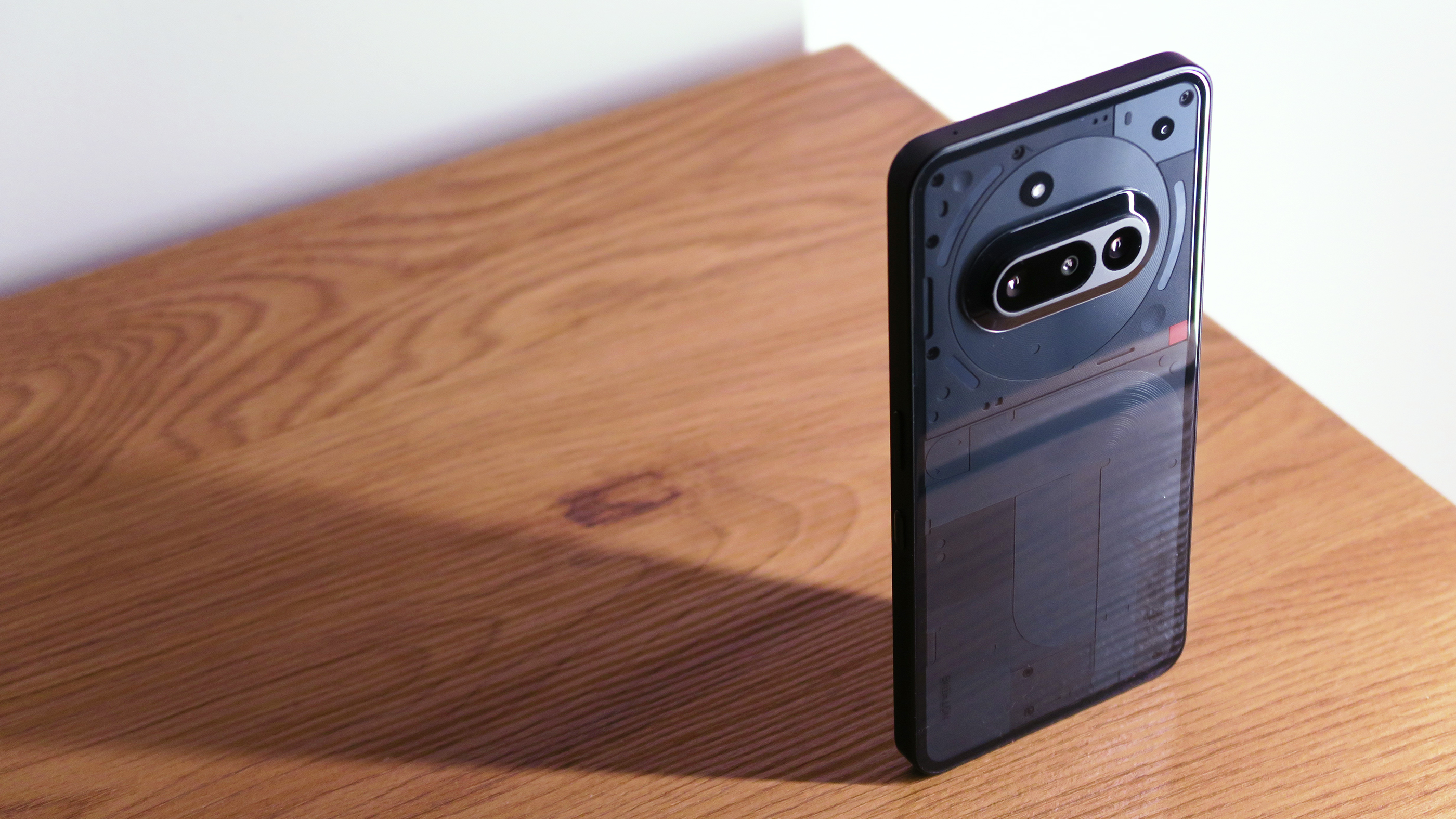
Specifications
Reasons to buy
Reasons to avoid
Nothing has taken up the old OnePlus mantle and is pumping out interesting and affordable tech at an impressive rate given the age of the company. The Nothing Phone (3a) is one of its best phones yet, too, with a really striking design that has a look all of its own.
If you're into that transparent and bug-eyed look, the good news is that it backs it up with great pricing and a good amount of power to ensure that the handset feels really responsive in use. Its cameras are very decent, and the Glyph lighting on its rear might just become your favourite little phone feature.
Of course, some people might be put off by its design, rather than enticed – that's no problem, as we've got other options on hand.
6. Best super-affordable option
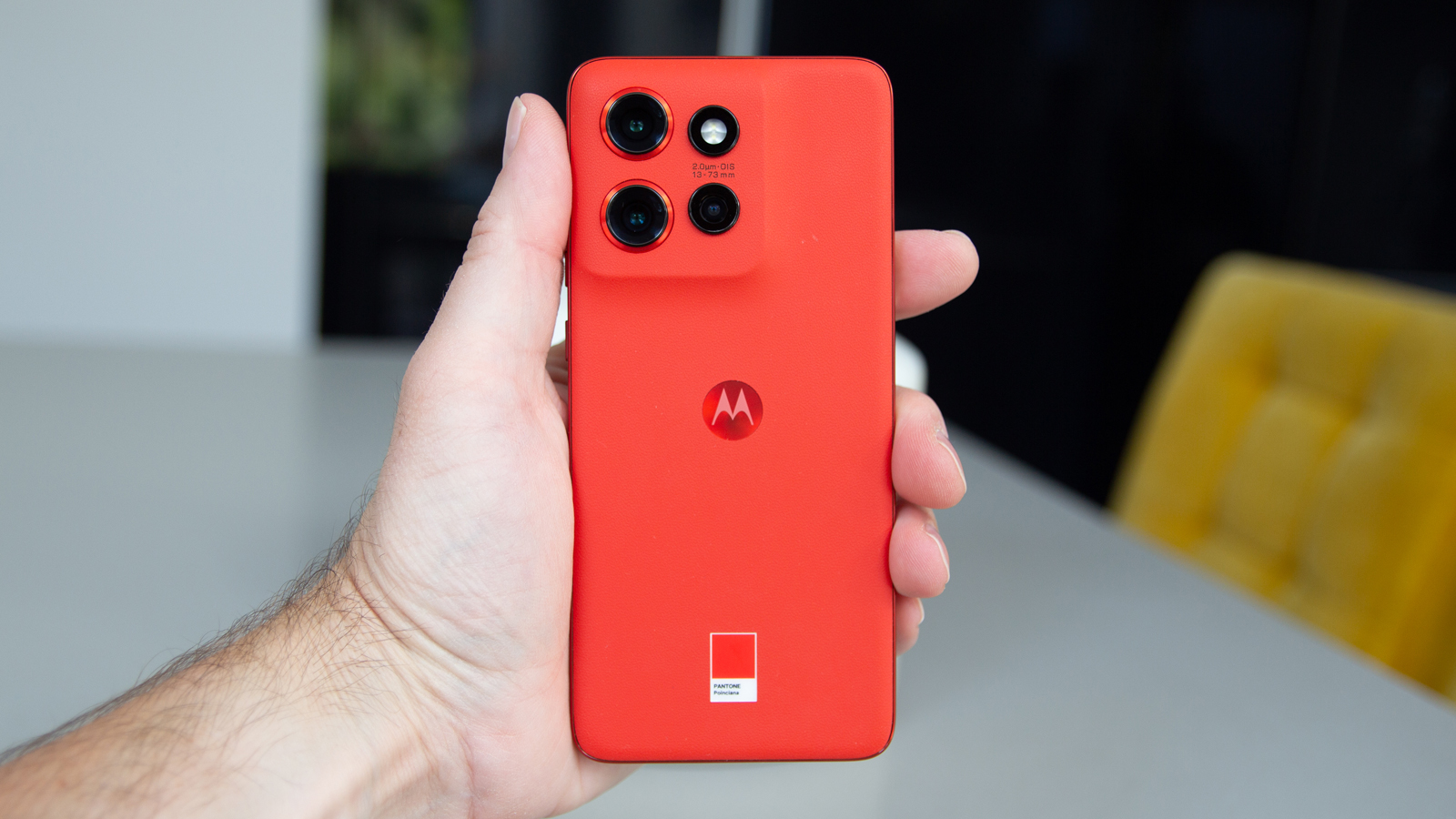
Specifications
Reasons to buy
Reasons to avoid
Our final slot goes to Motorola, which has been dutifully plugging away in the mobile market for decades and is actually doing some its best work right now. The excellent Edge 50 Neo surged to a five-star review when we tested it in 2024, and what it offers for the money remains brilliant.
You get a surprisingly excellent display, along with a design that manages to cleverly remain premium in its feeling, without actually using materials that necessarily cost the world. It looks great, too, especially if you can pick it up in the red colour that we tested.
One downside is that its camera output can't quite match some of the phones higher up on this list, but that comes with a big caveat. After all, the Edge 50 Neo is also consistently the lowest-priced phone on this list, which makes it a superb option if you want to stick to a smaller budget.
Honourable mentions
OnePlus Nord 4: OnePlus has a good lineup in the form of its Nord phones, and only recent launches have pushed the Nord 4 out of our top five by a slim margin. It remains a great option.
Oppo Reno 12 Pro: Oppo and OnePlus are tightly related nowadays, but if you want a slightly different flavour of phone at an impressively low price, the Reno 12 Pro is another superb choice.
How we chose the best phones
Choosing which phones make it onto this list and which are stuck in the above honourable mentions category isn't an easy task – and it requires coordination across a range of reviewers and editors here at T3.
First off, we want to ensure that plenty of different categories are covered. While many people might dispute whether Apple's iPhones are ever truly affordable when bought new, for instance, the reality is that many of you will be looking for the best affordable iPhone, so we do need to include one.
In the world of Android, there are many more options, which means it all comes down to value. Some phones might push £500 but represent superb value at that price, with impressive build quality and performance. Others could be half that price and still look like really sensible choices for the same reasons.
That helps us formulate a ranking that ends up as the top five we've picked here, but it's constantly under review. Any time a new affordable or mid-range phone launches and we test it, you can be assured it's considered for inclusion.
Looking for more? Read our other phone guides
We've written this guide to encompass the best cheap phones on the market right now, but if you like a specific manufacturer or operating system then we have plenty of specialist phone guides here too.
Our best gaming phones guide covers the high-powered handsets that we've found to be the best battlers in mobile gaming. Our best Android phones guide isn't going to offer you an iPhone if your heart is set on Android. If you prefer a particular brand, check out our guides to the top-rated Samsung phones, best iPhone, or Nokia phones. We've also got a guide to the best small phones for those of us who prefer our phones to fit in our pockets or purses.
How we test cheap phones
Smartphones today are incredibly powerful tools that act like small form factor computers, and as such there is a lot to consider when testing one (which we explain more on our How We Test page).
Here at T3, we go about testing a smartphone in a five-stage process. Firstly, we evaluate the phone's build quality and fit and finish. At this stage we're looking to see how the phone feels in the hand and looks to the eye, as well as if it suffers from obvious defects such as a spongy screen or cheap-feeling plastic backplate or frame.
From this point we analyse the handset in terms of its core internal hardware and specifications. We're looking to see what processor, RAM, storage, GPU and battery the phone comes with, and then test out how that package combines in terms of benchmark scores and real-world performance. The benchmarks we use to test each phone are Geekbench 5 and 3DMark.
Next we take a closer look at the phone's screen, which is so important on any handset. We're looking to see what it delivers on paper as well as how it looks in real life in a variety of applications, such as streaming videos, viewing images, navigating the phone's UI and playing mobile games.
We then spend time exploring everything the phone has to offer in terms of camera system. This involves utilising the phone's shooting modes to capture a series of photographs, both inside and outside, as well as in good light and low-light environments. We test out the quality of key modes, like portrait, independently.
Finally, we take a look at the handset's software and any notable features. We then bestow a star score on the phone and, if it is high, consider it for out best cheap phones buying guide.
Reviewer panel

As T3's Tech Editor, Mike is one of the world's biggest phone experts – he's been to more launch events and showcases than you could care to name, and has tested every flagship under the sun. That experience makes his verdicts key to this guide.

Chris is a vastly experienced technology journalist based here in the UK, and the former editor-in-chief of Pocket-lint. He's now a freelance writer who has contributed a wide range of phone reviews to T3's books.

Basil is another hugely experienced writer, and has tested a whole heap of phones for T3 in recent years, including some of the best-value devices on the market.
Get all the latest news, reviews, deals and buying guides on gorgeous tech, home and active products from the T3 experts

Max is T3's Staff Writer for the Tech section – with years of experience reporting on tech and entertainment. He's also a gaming expert, both with the games themselves and in testing accessories and consoles, having previously flexed that expertise at Pocket-lint as a features editor.